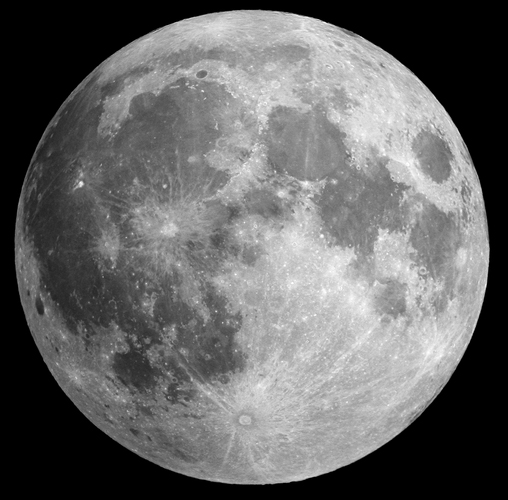
Some researchers in NASA have written a paper that finally is pushing for NASA to take advantage of the SpaceX Super Heavy Starship. An appreciation of Starship’s capabilities is important for understanding how and why this vehicle can provide unprecedented opportunities for the planetary science community to fly payloads to the Moon and Mars, thus advancing NASA planetary science and exploration.
Starship missions will utilize in-space propellant transfer, enabled by Starship’s substantial LEO performance capability and rapid launch cadence.
The booster launches Starship into Earth orbit, where the Starship is refilled with CH4 and O2 by tanker flights from Earth, typically prepositioned in advance of the launch of primary payload. Both boosters and tankers return to the launch site for reuse.
The refilled Starship vehicle then travels to the Moon or Mars and descends to the surface.
Refilling Starship in orbit effectively resets the rocket equation, allowing for large payloads to be transported to these planetary destinations. Starship then launches from the lunar or Martian surface and returns directly to Earth.
These first crewed Starships will likely each have about 10-20 total people onboard with an additional 100+ metric tons of available cargo mass per Starship.
Given the Starship’s anticipated low cost, high payload capacity, and potential for high flight cadence, the opportunities presented for planetary science missions have the potential to dramatically increase our progress towards NASA Planetary Science & Astrobiology goals and objectives.
In order to take advantage of the impending Starship flights to the surface of the Moon and Mars, NASA will need to develop a new funding program consistent with the mission timelines for rapid flights planned by SpaceX. To be most effective, planning should begin immediately to prepare for payloads on the first uncrewed Starship flights, likely first to the Moon and then for Mars.
Starship missions to the lunar surface can be an important stepping stone for reaching Mars both technically and programmatically. The Moon can be a testbed and demonstration platform for ISRU technologies as well as Starship operations.
